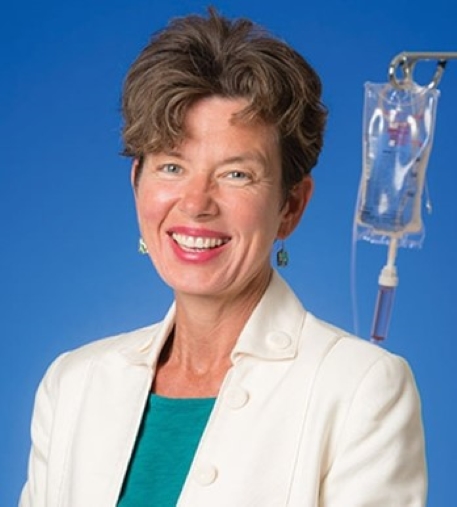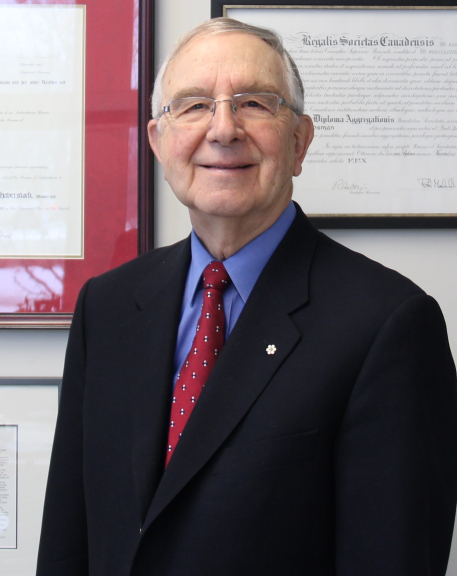2025 INDUCTEE Arthur S. Slutsky, MD Lungs
December 31, 1948
(Toronto, Ontario)
MD, McMaster University (1976)
MASc, Industrial Engineering, University of Toronto (1972)
BASc, Engineering Science, University of Toronto (1970)
2018: Member of the Order of Canada
2017: Fellow of the Royal Society of Canada
See All AwardsAwards & Honours:
2018: Member of the Order of Canada
2017: Fellow of the Royal Society of Canada
2017: Distinguished Lecturer in Respiratory Sciences Award, CIHR, Institute of Circulatory and Respiratory Health and the Canadian Thoracic Society
2017: Award received by the Smart Meeting Anesthesia Resuscitation Intensive Care
2014: Canada's Health Researcher of the Year Award, CIHR
2014: Engineering Alumni Medal, Faculty of Applied Science and Engineering and Engineering Alumni Association, University of Toronto
2012: Engineering Alumni Hall of Distinction, Faculty of Applied Science and Engineering and Engineering Alumni Association, University of Toronto
2012: Queen Elizabeth II Diamond Jubilee Medal, in Commemoration of the Sixtieth Anniversary of Her Majesty's Accession to the Throne and in Recognition of Contributions to Canada
2012: American Thoracic Society, Assembly on Critical Care Lifetime Achievement Award
2011: Anne & Neil McArthur Research Award, St. Joseph's Healthcare, Hamilton, ON
2005: Recognition for Scientific Accomplishments Award, American Thoracic Society, San Diego, CA
1996: Sandoz Senior Investigator Award, Department of Medicine, University of Toronto
1992: William Goldie Prize for Research, Department of Medicine, University of Toronto.
1989: Research Award, Department of Medicine, University of Toronto
1985-1990: MRC Scientist Award
1974: Excellence in Research Award at SAMA-UTMB, National Student Forum, Galveston, Texas
A changemaker in critical care and respiratory medicine
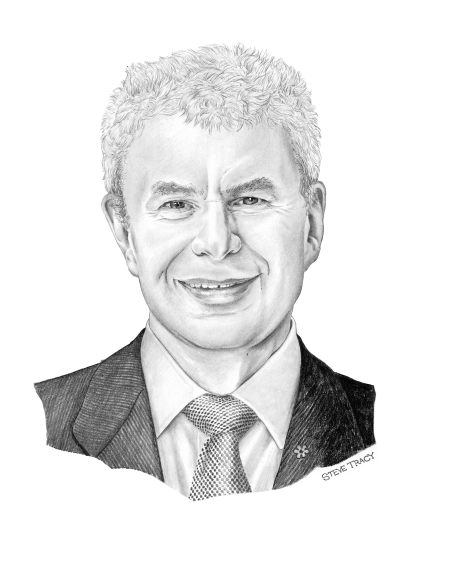
Each year, more than 300 million patients receive mechanical ventilation in hospital settings worldwide. Arthur Slutsky, MD, has advanced the standard of care for these patients. His novel research has transformed the treatment of respiratory failure, including for patients with acute respiratory distress syndrome (ARDS), who have a mortality rate of up to 45%. Dr. Slutsky showed that mechanical ventilation, although lifesaving, can have many damaging side-effects via a process called “biotrauma” that may lead to multiple organ failure and death. His findings led to improved ventilator strategies and better outcomes for patients with respiratory failure, which was especially important during the COVID-19 pandemic. Throughout his 18 years as Vice President of Research at St. Michael’s Hospital in Toronto, Dr. Slutsky guided the hospital to become an internationally renowned centre of cutting-edge research. He has mentored and collaborated with many individuals around the world, helping to launch the careers of some of the top scientists in critical care medicine. Through his strong leadership and innovative research on mechanical ventilation, Dr. Slutsky has helped improve the outcomes of patients receiving this common essential intervention.
Key Facts
His ground-breaking discoveries about mechanical ventilation changed global ICU practices, reducing injury in patients with acute respiratory distress syndrome (ARDS)
Served as Vice President of Research at St. Michael's Hospital in Toronto from 2000 to 2018
One of Canada's most influential medical researchers, with work cited over 100,000 times in the scientific literature
Fun Fact: Dr. Slutsky initially went into Engineering instead of Medicine because he thought he would fail anatomy with all those Latin names
Professional timeline
Impact on lives today
Dr. Slutsky's work revolutionized critical care medicine by changing how we understand mechanical ventilation, a life-saving intervention used worldwide. His discovery that ventilators themselves could cause lung injury led to safer ventilation strategies that have saved countless lives, particularly during the COVID-19 pandemic when ventilator use surged globally. His research has influenced medical practice guidelines internationally and helped establish principles that protect patients' lungs while providing essential life support, making intensive care units safer for critically ill patients around the world.
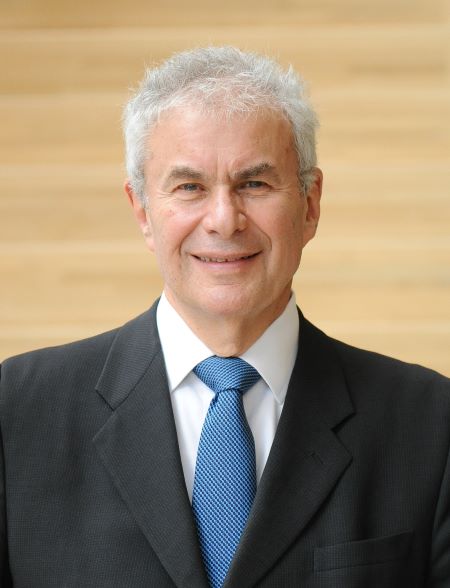
2025
-
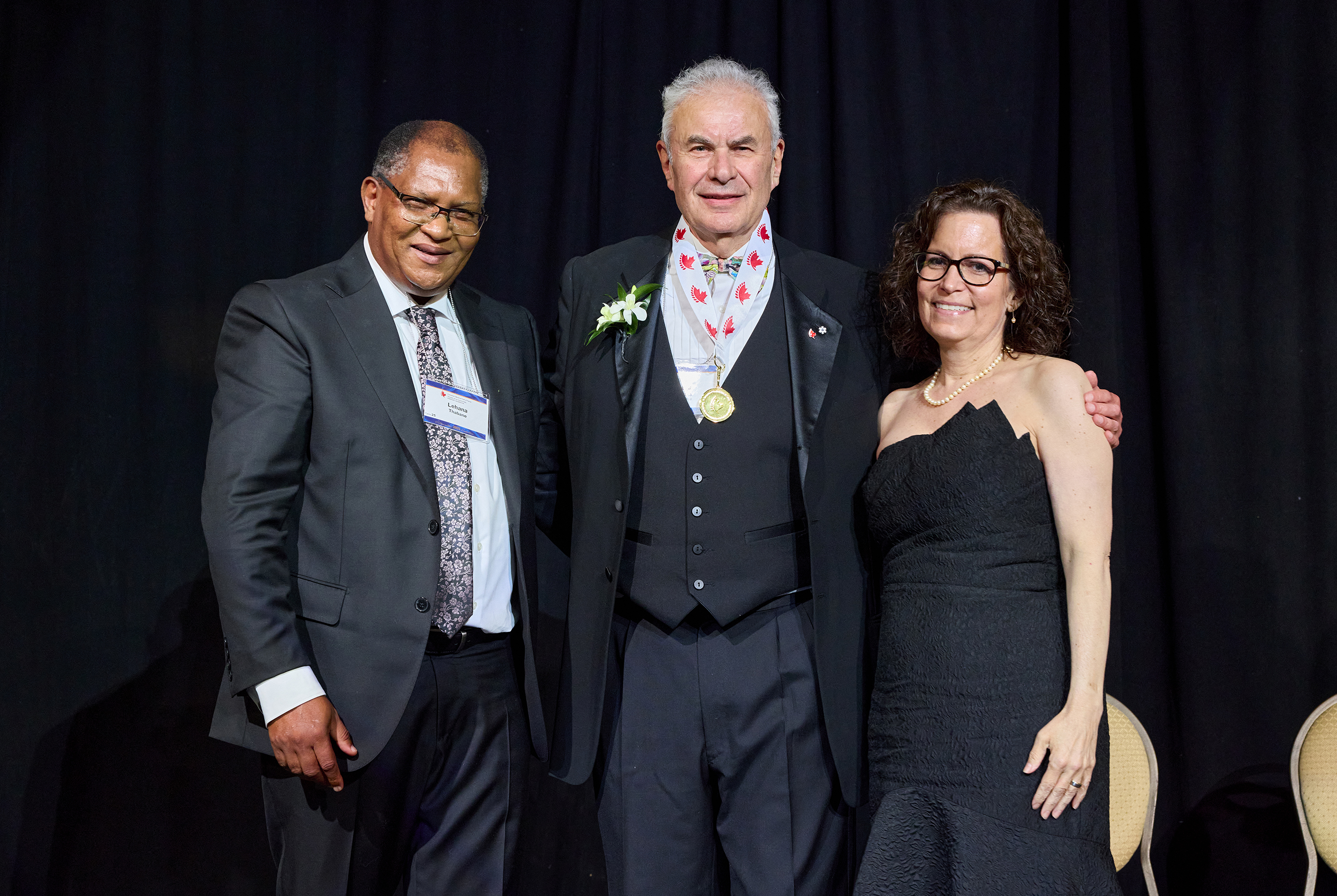
Arthur S. Slutsky inducted into the Canadian Medical Hall of Fame
Hamilton (Ontario)
-
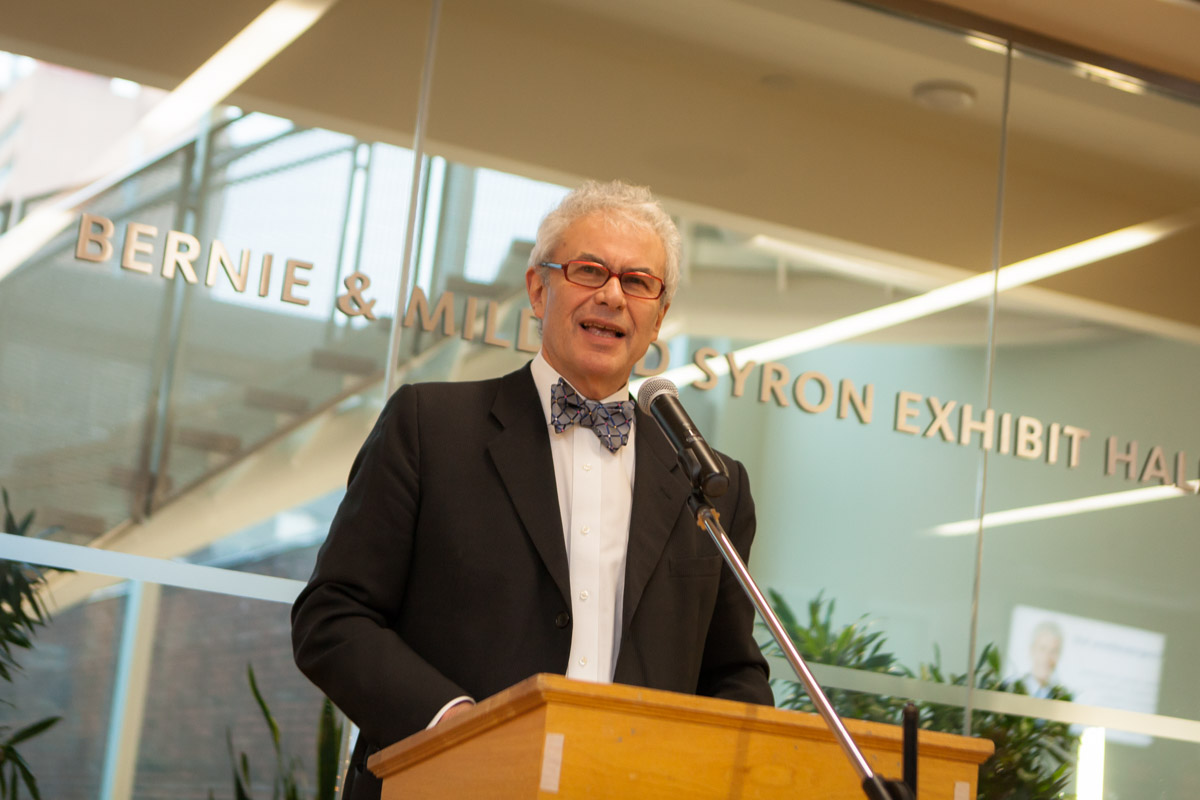
Concluded 18 years as the first Vice President of Research at St. Michael's Hospital, Toronto
Dr. Slutsky was instrumental in turning the hospital into an internationally recognized research powerhouse, increasing its Canada Institutes of Health Research (CIHR) funding from less than $1 million to nearly $20 million during his time as Vice President of Research.
-
Published “Critical Care Medicine: Ventilator-Induced Lung Injury,” a definitive review of VILI, in the New England Journal of Medicine
-

Became the Director of the Interdepartmental Division of Critical Care Medicine (IDCCM) at University of Toronto, holding the role for nearly 13 years
The IDCCM is one of the 2 or 3 academic critical care divisions in the world
-
Dr. Slutsky’s discovery of biotrauma, the mechanism underlying ventilator-induced lung injury
LungsHe and his colleagues found evidence that mechanical ventilation can result in a harmful inflammatory cascade that affects multiple organs, which can further exacerbate lung injury—a process he termed “biotrauma.” He went on to prove this hypothesis in cell culture, animal models, and human studies, transforming the field of respiratory medicine.
-
Returned to Canada and became an Associate Professor of Medicine at the University of Toronto
-

Joined Harvard University as an instructor, later becoming an Assistant Professor of Medicine
-
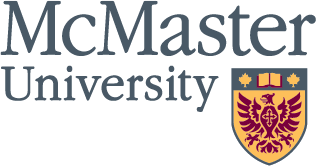
Received his MD from McMaster University
-
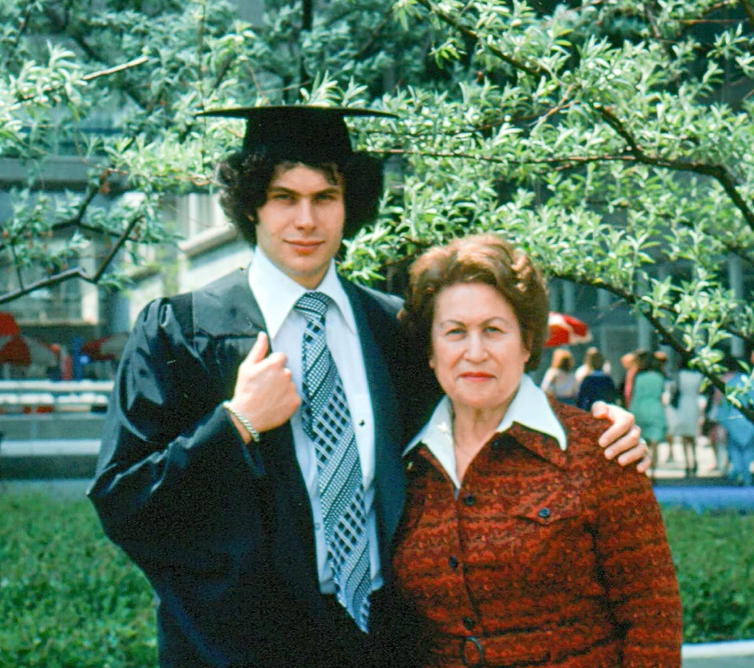
Completed a Master of Applied Science degree in Industrial Engineering at University of Toronto
-
Completed a Bachelor of Science (cum laude) degree in Engineering Science at University of Toronto
1970
He has provided guidance that has helped thousands, if not tens of thousands of intensive care doctors and the patients that they care for.

